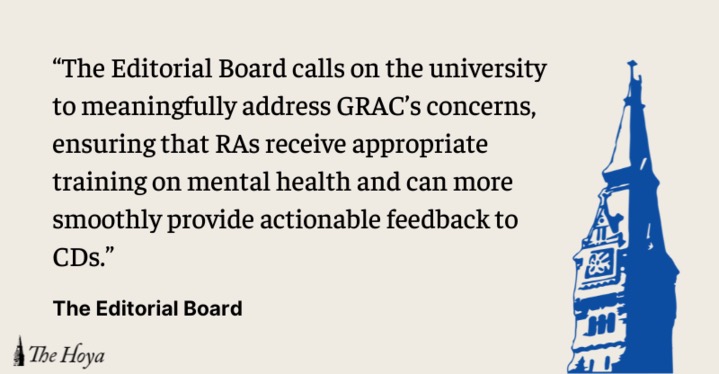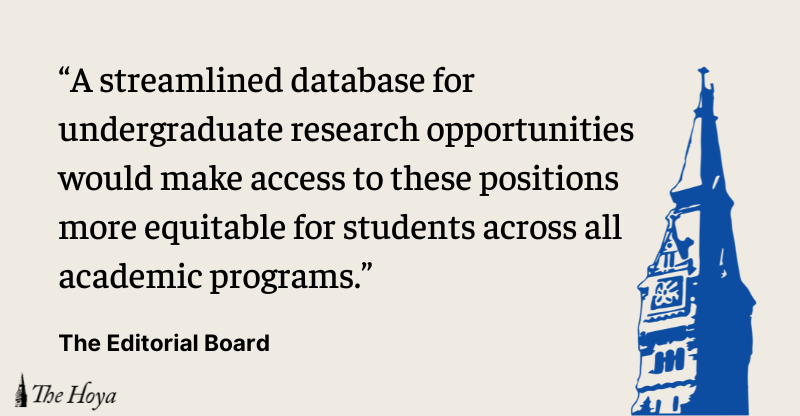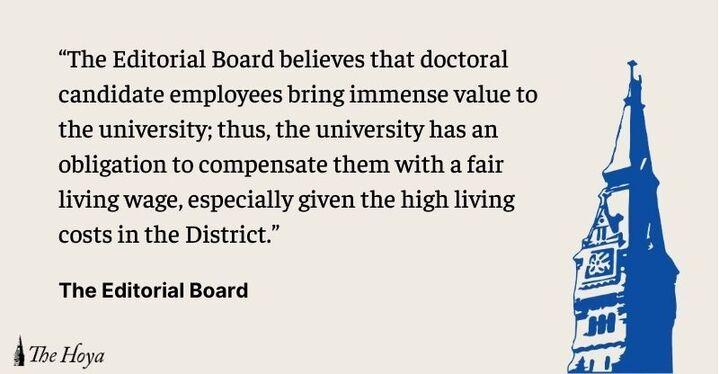 The add/drop period manages to combine the uncertainty of a lottery with the frenzy of a survival-of-the-fittest competition. After departing for the holidays with a bulky pre-registration course load, many unfortunate students arrive back to campus to find themselves enrolled in as few as two courses. These students are often as overwhelmed as their supposedly powerless professors, who are swarmed by add/drop-form-waving waitlisted students the whole first week of classes.
The add/drop period manages to combine the uncertainty of a lottery with the frenzy of a survival-of-the-fittest competition. After departing for the holidays with a bulky pre-registration course load, many unfortunate students arrive back to campus to find themselves enrolled in as few as two courses. These students are often as overwhelmed as their supposedly powerless professors, who are swarmed by add/drop-form-waving waitlisted students the whole first week of classes.
Students, for their part, can attend upwards of eight classes in the first week, hoping to get lucky in one or two. Waitlist hopefuls are expected to keep up with assignments on the off chance that the automated system selects them for enrollment. But this is a reasonable expectation; obviously, there is not enough time in the semester for professors to slow down or make accommodations while the waitlist sorts itself out. There are, however, two changes that could make the add/drop period run a little more smoothly for both professors and students.
First, the add/drop period should be extended. Currently, it spans about a week and a half. Because the semester begins on a Wednesday that is followed by a Monday holiday — Labor Day in the fall, Martin Luther King Jr. Day in the spring — most classes only meet twice before add/drop ends, and some meet only once. That short space of time contributes to the do-or-die urgency that many students feel when they’re trying to fill their schedule. Extending add/drop to a full two weeks would alleviate some of the pressure by allowing more time for space to open up in a class.
Moreover, a longer period would allow students to get a better idea of a course’s content and a professor’s style before deciding to stay or drop the class. Students ought to be given as much time as possible to rescue themselves from a potential GPA disaster, and two weeks is not an unreasonable length for add/drop. In fact, two weeks is the standard add/drop period for many peer universities, including Yale, New York University, the University of Pennsylvania and Brown.
In addition to lengthening the add/drop period, the Office of the University Registrar must become stricter about requiring professors to submit syllabuses and textbook lists before pre-registration. If students with incomplete schedules are forced to scramble to find more classes within a week and a half, they should at least be fully armed with the specifics of their choices.
As it stands now, the add/drop process is too short and students lack crucial information needed to make an informed decision about classes before they begin. As a result, the first 10 days of each new semester are a frustrating, confusing, and in some cases, exhausting experience.
To send a letter to the editor on a recent campus issue or Hoya story or a viewpoint on any topic, contact [email protected]. Letters should not exceed 300 words, and viewpoints should be between 600 to 800 words.













